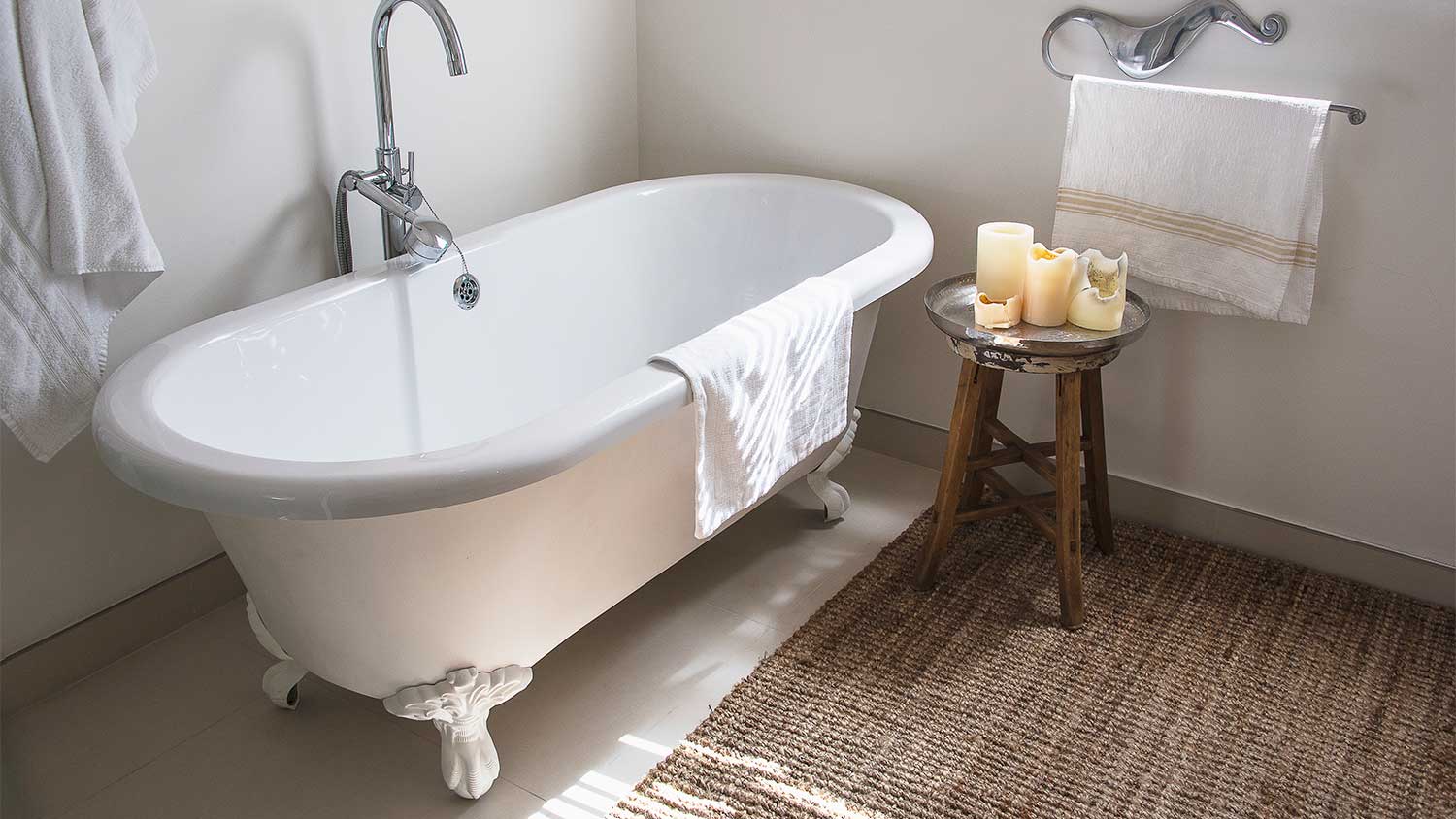
If your bathroom vanity top is damaged or cracked, removing and installing a new one can be an easy project to tackle. Learn the cost of replacing your vanity top.
When to ADD and when to ADU


An ADU is a private, rentable space that can be fully detached.
A home addition adds to your main unit’s living area and is attached.
ADUs are harder to permit but can lead to rental income.
Home additions are more likely to boost your home value.
So, you’re certain that you need some additional living space, but you’re not sure how to go about it? It all depends on how you want to use it. In this guide, we’ll explain the differences between an ADU vs. an addition and help you decide which is the better option for adding living space to your home.
An ADU is a standalone unit that’s either attached to your home or stands alone in your yard. It has a kitchen, a bathroom, and a separate entrance, so instead of adding to your own living space, it creates an area you can rent. A home addition adds living space to your existing home and is never a standalone structure. You could install an ADU in a home addition, but it’s more likely to add utility and additional living space for you and your family.

An accessory dwelling unit or ADU is like a second home on your property. It can be a portion of your main house or a standalone structure, but if it’s attached, it’s cordoned off from your living space and provides total privacy for the occupants.

| Pros | Cons |
|---|---|
| Potential income | Harder to permit |
| Private area | May cut living space |
| More flexibility | May drop home value |
Best for: Homeowners who want a rentable space or a private space for guests
The biggest upside of building an ADU on your property is that it creates a space you can rent, which means it can earn you some income. They’re more expensive to set up because they require a separate kitchen and bathroom, but your ROI could end up being higher if you rent the space.
ADUs are totally separated from your living space and may even be in a detached structure. As such, you and whoever is staying there will have total privacy, regardless of the type of ADU you build. Whether you rent the additional unit or have friends or family members stay there, they won’t interfere with your day-to-day.
Of course, you can also use your ADU for your own purposes if it’s detached. It could serve as a play area for children, a secluded home office, and more.
ADUs are more challenging to get permits for, and some municipalities may not allow rentable ADUs at all. If you are able to get permits, you’ll need to jump through extra hoops to get rental permits.
ADUs that are detached will only add living space to your property, but setting up an ADU in your home can cut down on your own living area. A basement apartment or a second-story apartment, for example, means you’d lose access to an entire floor of your home.
Detached ADUs will almost always boost home value, but attached ADUs can negatively affect values. If buyers in your area don’t want or need a space to rent, they’ll often offer less for a home with an attached ADU because they’ll have to spend money after closing to return the home to a single unit.

A home addition is any structure that adds living space to your property. That can include a second-story dormer, a bump-out, a sunroom, or even a detached structure. The term “home addition” can refer to attached or detached add-ons. The difference between this and an ADU is that the purpose of a home addition isn’t to rent it out or even create a separate living space—it just adds to your own living area.
| Pros | Cons |
|---|---|
| Increases home value | No income potential |
| More affordable | No private area |
| Easier to permit | Less flexibility |
Best for: Homeowners who just need more living space for themselves
A home addition will add livable square footage to your property, which means it will almost always positively affect your home value. Unlike with an ADU, buyers will see the added living area as a benefit and will often be willing to pay more for your home as a result.
Home additions tend to be more affordable, too. While you may use the added space to install an additional bathroom or a kitchen, you don’t need to have those added features as you do in an ADU. A simple home addition that just adds to your living room space will be a fraction of the cost of building an ADU.
Finally, home additions are easier to permit. Not only will you not always need permits to install a kitchen and a bathroom, but the space won’t be rentable, so you won’t need to secure a rental permit.
The biggest downside of a home addition over building an ADU is that it doesn’t allow you to rent the space, so there’s no opportunity for rental income.
A home addition can give you extra space for guests to stay if you use it to set up an in-law suite, but it won’t create a private area for them as an ADU would. This may not be an issue if you just need more room for yourself and your family, but it can be a downside if you plan on using the area as a place for guests.
To that same end, home additions provide less flexibility. An ADU can provide more living space for you or serve as a private area for tenants or visiting family members, while a home addition will only add to your living space.
ADUs and home additions differ across a few key categories you should consider before deciding which is the right way to expand your home.
Home additions can add living space to your home in many forms and can serve as just about any type of room you wish. However, ADUs are a bit more flexible because you can use them for yourself or rent out the space.
Speaking of renting out space in your home, an ADU gives you access to potential rental income. A home addition just adds to your own living space, while an ADU creates space that you can profit from.
Both ADUs and home additions will often add value, but ADUs can detract from value in some cases. Detached ADUs, like tiny houses that create additional living space, will almost always make your home more valuable, but partitioning off a portion of your home to create an ADU reduces the usable living space of the main unit. Buyers who don’t intend to rent a portion of the home will likely pay less because they’ll need to spend money to return the property to its former condition.
Similarly, home additions will always create more living space. ADUs won’t decrease the living area, but they may reduce how much space you have in your main unit.
Building an ADU costs an average of $180,000, and that total can climb even higher for a detached unit. Hiring a local home addition contractor to build a home addition costs an average of $51,000, and while prices can climb from there, your total will often be much lower.
A home addition is much easier to get building permits for, and you’re less likely to run into restrictions that prevent you from moving forward. ADUs aren’t legal at all in some areas, and even if they are, you’ll need additional building permits in many cases and a rental permit to make the space legal. Speak with a professional who builds home additions to see if they anticipate running into permitting issues for your project.
From average costs to expert advice, get all the answers you need to get your job done.

If your bathroom vanity top is damaged or cracked, removing and installing a new one can be an easy project to tackle. Learn the cost of replacing your vanity top.

A bidet—stand-alone, attachment, spray nozzle, or toilet combo—reduces toilet paper usage and saves money, but how much is a bidet? Here’s how much you’ll pay.

Small kitchen remodels cost $12,750 on average, depending on the materials, size, labor, and more. Read this to calculate your kitchen remodel costs.

An updated bathtub can give a bathroom a whole new look. Find out how much it costs to replace a bathtub in Seattle, WA, including prices by type and labor costs.

Discover the average walk-in bathtub installation cost, key price factors, and ways to save. Get expert tips to plan your walk-in tub project with confidence.

An updated bathtub can give a bathroom a whole new look. Find out how much it costs to replace a bathtub in Denver, CO, including prices by type and labor costs.